The Civil Society Organizations have begun the monitoring of the disbursement to 300,000 poorest of the poor of the returned Abacha loot of $322.5 million (otherwise known as (Abacha 2) from the Switzerland by the Federal Government of Nigeria have commenced.
The Executive Director of Africa Network for Environment and Economic Justice (ANEEJ), David Ugolor, disclosed at the World Press Conference in Abuja on Thursday, that a total of 504 field monitors, 11 supervisors and 22 deputy supervisors drawn from the Nigerian Network on Stolen Asset (NNSA) and other CSOs across the country fact-checked the Conditional Cash Transfer (CCT) to the poorest of the poor in 11 states.
Sixteen states had beneficiaries from the August-September round of disbursement.
He said ANEEJ is working with six partners drawn from the six geopolitical zones to monitor the use of the Abacha loot in the Conditional Cash Transfer Programme (CCTP) of the Federal Government.
The returned loot followed a Memorandum of Understanding (MoU), signed by the Governments of Nigeria and Switzerland with active CSOs participation led by ANEEJ, earmarking the money specifically for the Conditional Cash Transfer Scheme under the Government’s Social Investment Programme, monitored by the World Bank.
Specifically, the money was earmarked to be spent on the poorest of the poor Nigerians whose status were appraised and arrived at by the National Safety-Net Coordinating Office (NASSCO) under the supervision of the Office of the Vice President.
Ugolor explained that ANEEJ is monitoring the recovered $322.5 million Abacha loot through Transparency and Accountability in the recovery and Management of Looted Assets (MANTRA) project, which is being supported by the UKAID implementers of the Anti-Corruption In Nigeria (ACORN) Programme.
He further explained that a constructive partnership with the National Cash Transfer Office (NCTO), and National Social Safety Nets Coordinating Office (NASSCO) resulting in CSOs having viewing access to all necessary information, including the beneficiary from the Central Bank, with an ultimate aim of ensuring that the money gets to the targeted poorest of the poor and that it is not re-looted as was the case with previously returned Abacha loot.
Ugolor said the team covered the following geo-political zones/states: North West-Kano, Kaduna and Jigawa; North-Central-Nasarawa, Niger,Kwara and Benue, North East-Bauchi and Gombe; South-East-Anambra and South South – Cross River.
“On the field, we covered targeted households and preliminary reports from monitors across the 11 states showed clearly that the money disbursed in the first trench got to the poorest of the poor. I was amazed in a community in Nasarawa State where the beneficial even knew that the money they got in October was from the returned Abacha loot. We plan to continue the monitoring exercise in January when the next round of disbursement by the NTCO for November/December would have happened and we hope to cover states, local governments and wards not covered in this first exercise.
“We plan to follow the money until the last dollar exchanged gets to the beneficiaries targeted by the returned loot.”
Ugolor commended the office of the Vice President in particular, National Cash Transfer Office (NCTO), and National Social Safety Nets Coordinating Office (NASSCO) and Central Bank for providing data in an open and transparent manner “that is unprecedented in the history of this country. The unalloyed cooperation we received from them is reflective of the success we are getting in the field already.”










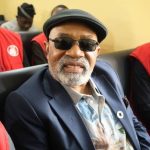







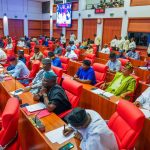

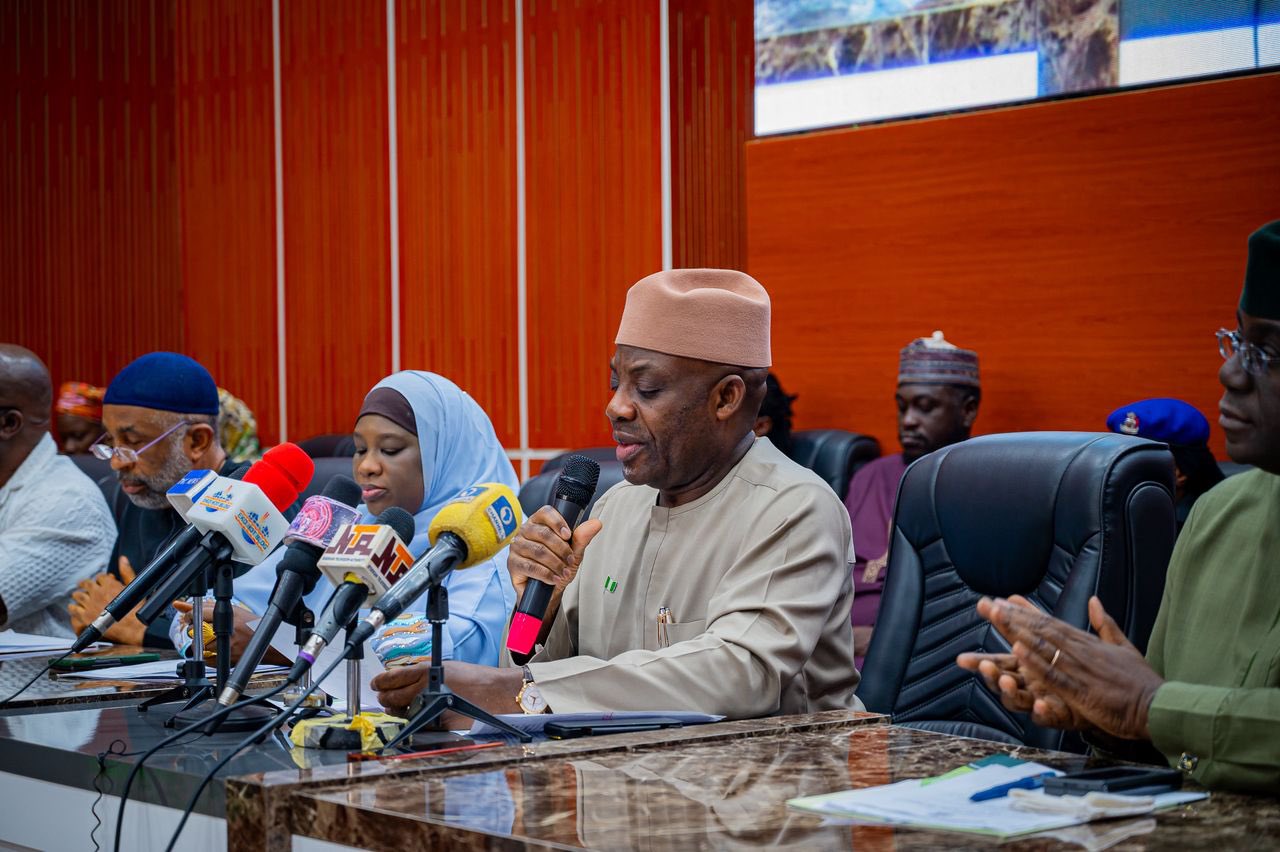
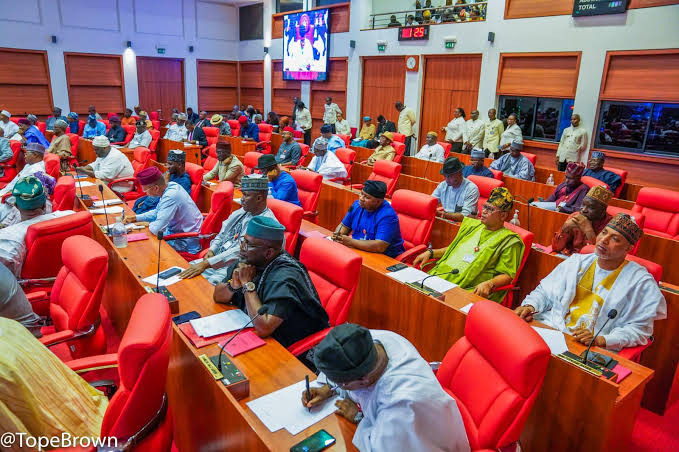

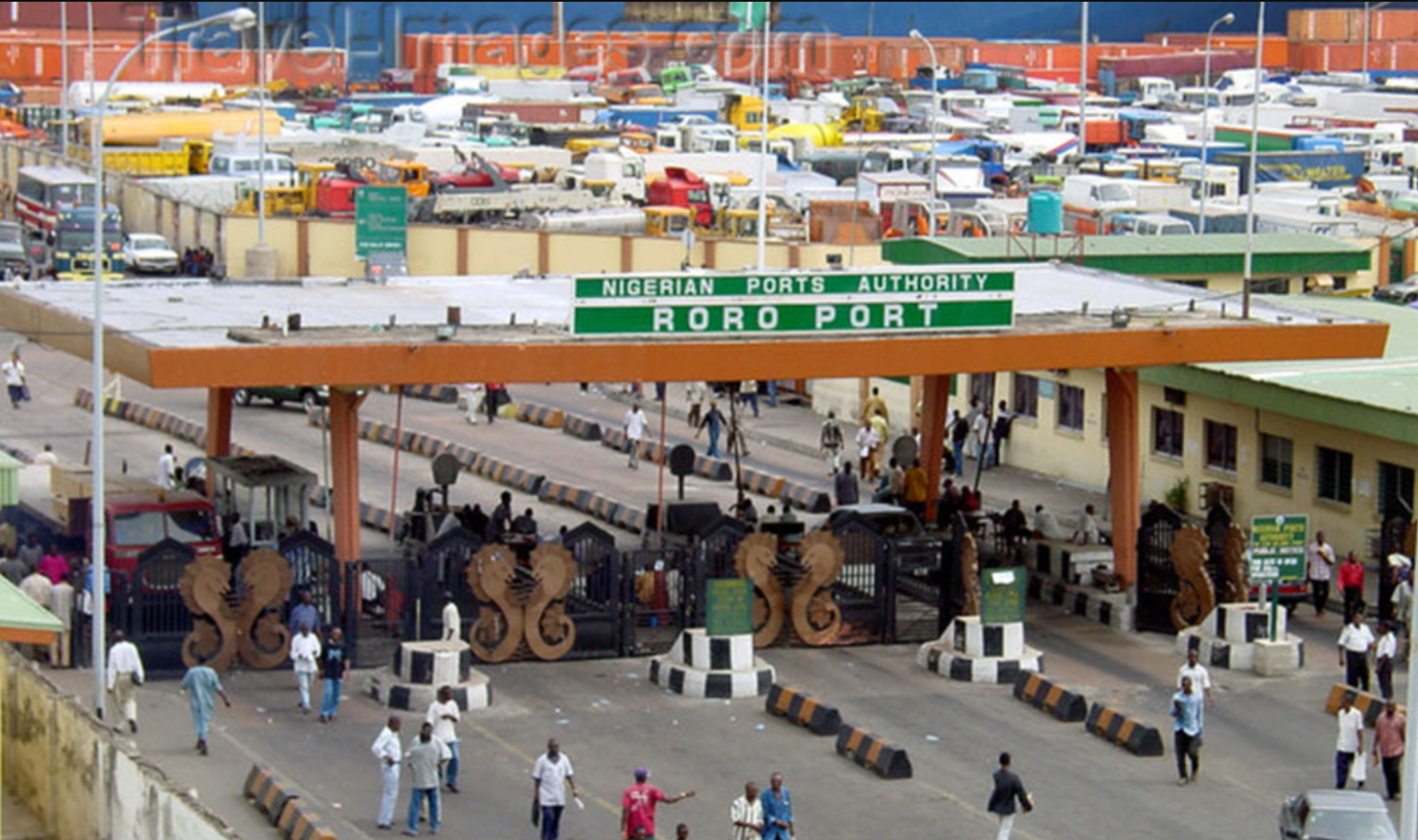

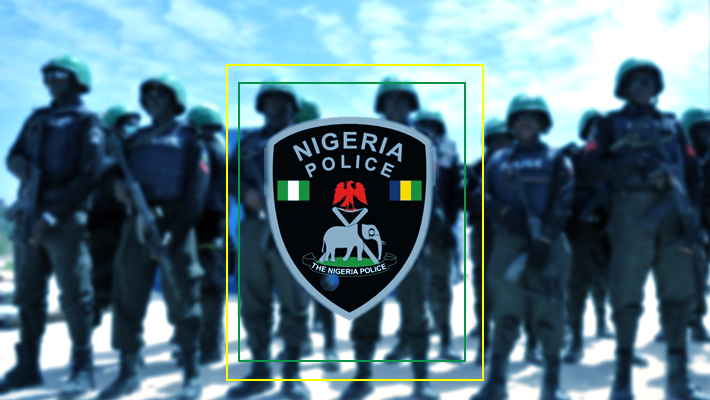
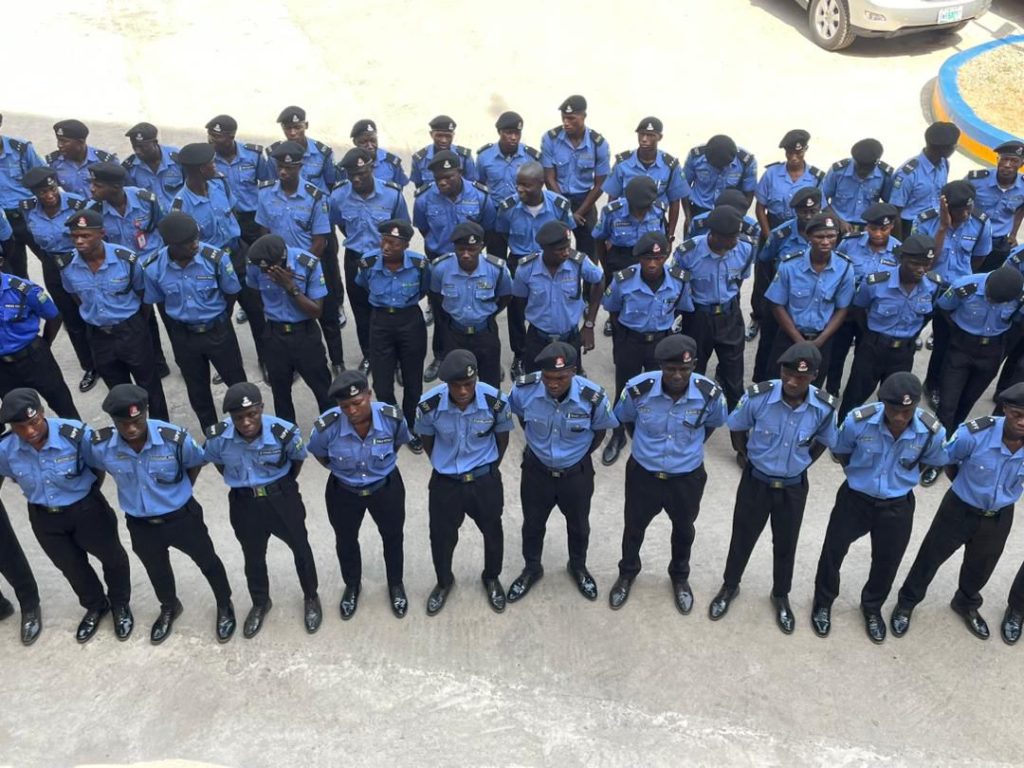

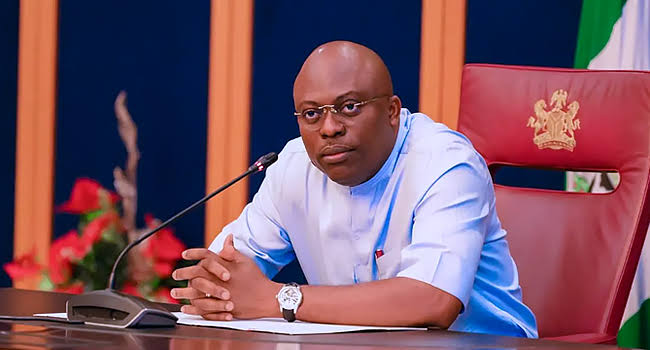

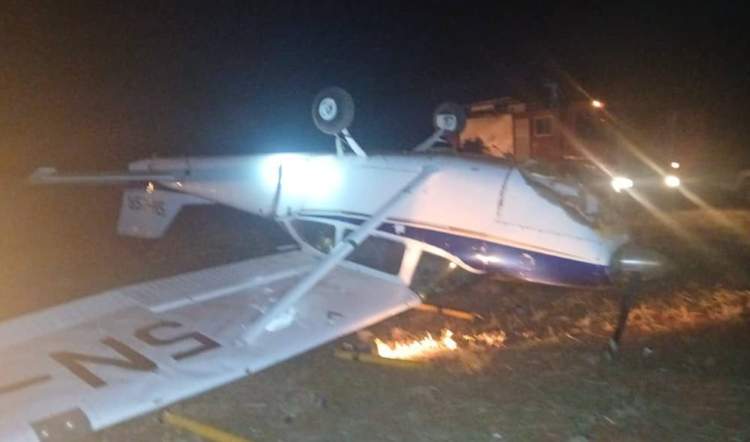


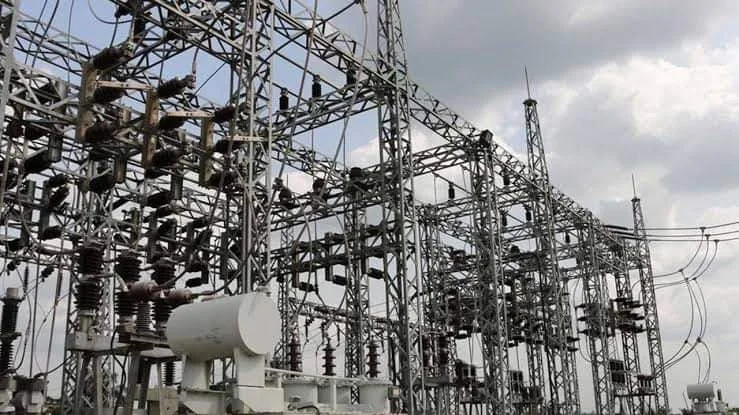
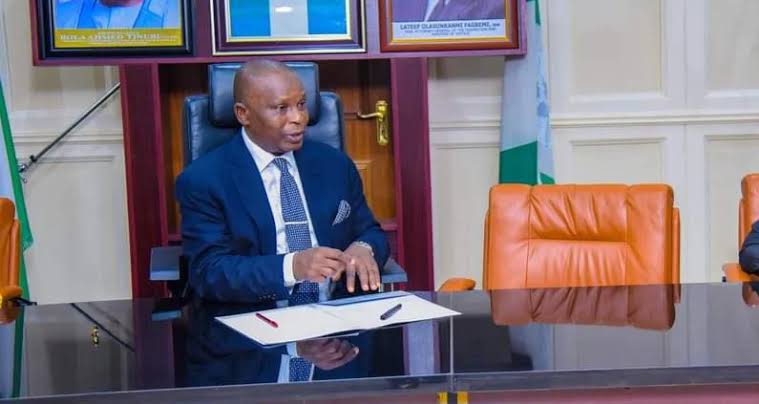
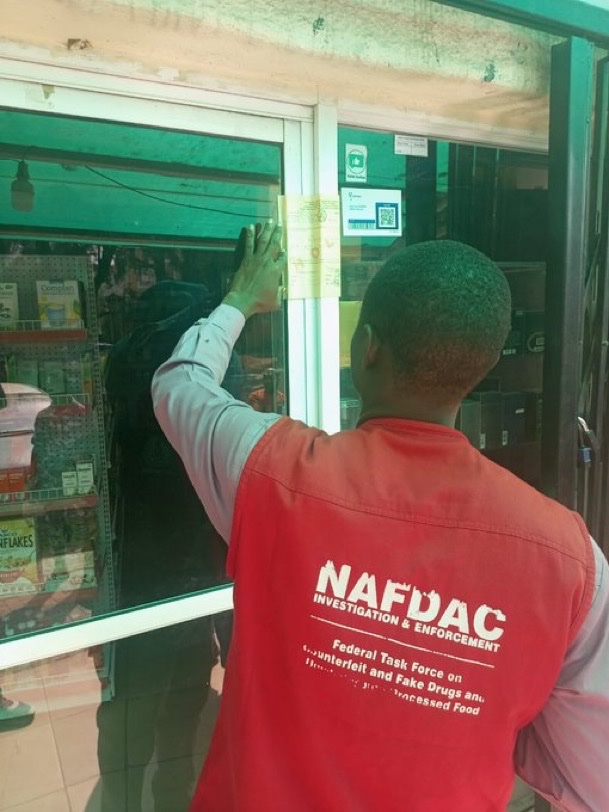
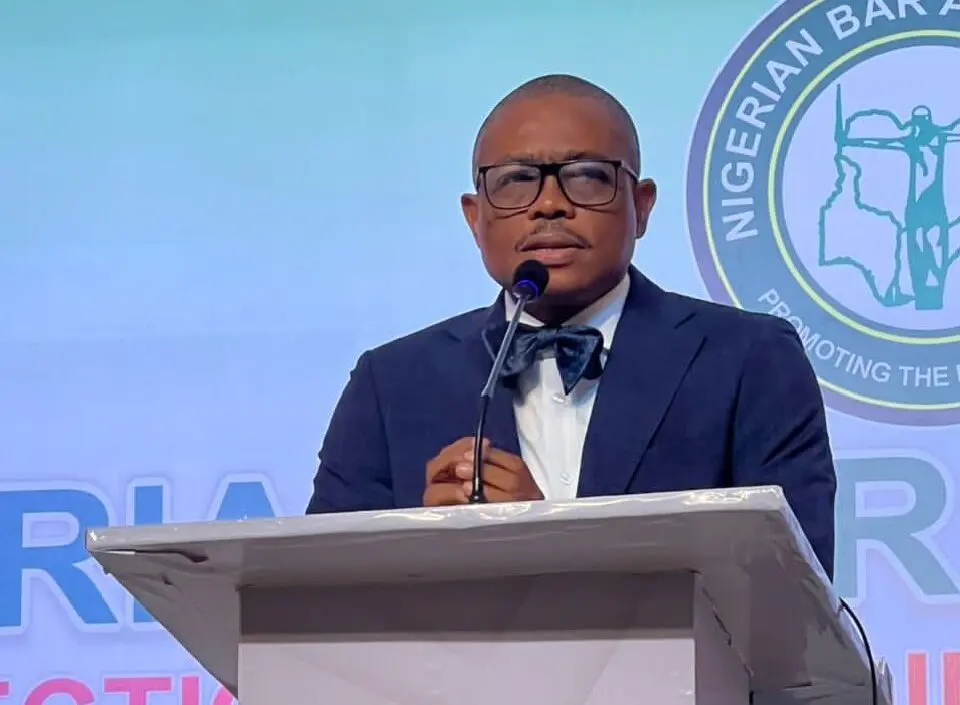

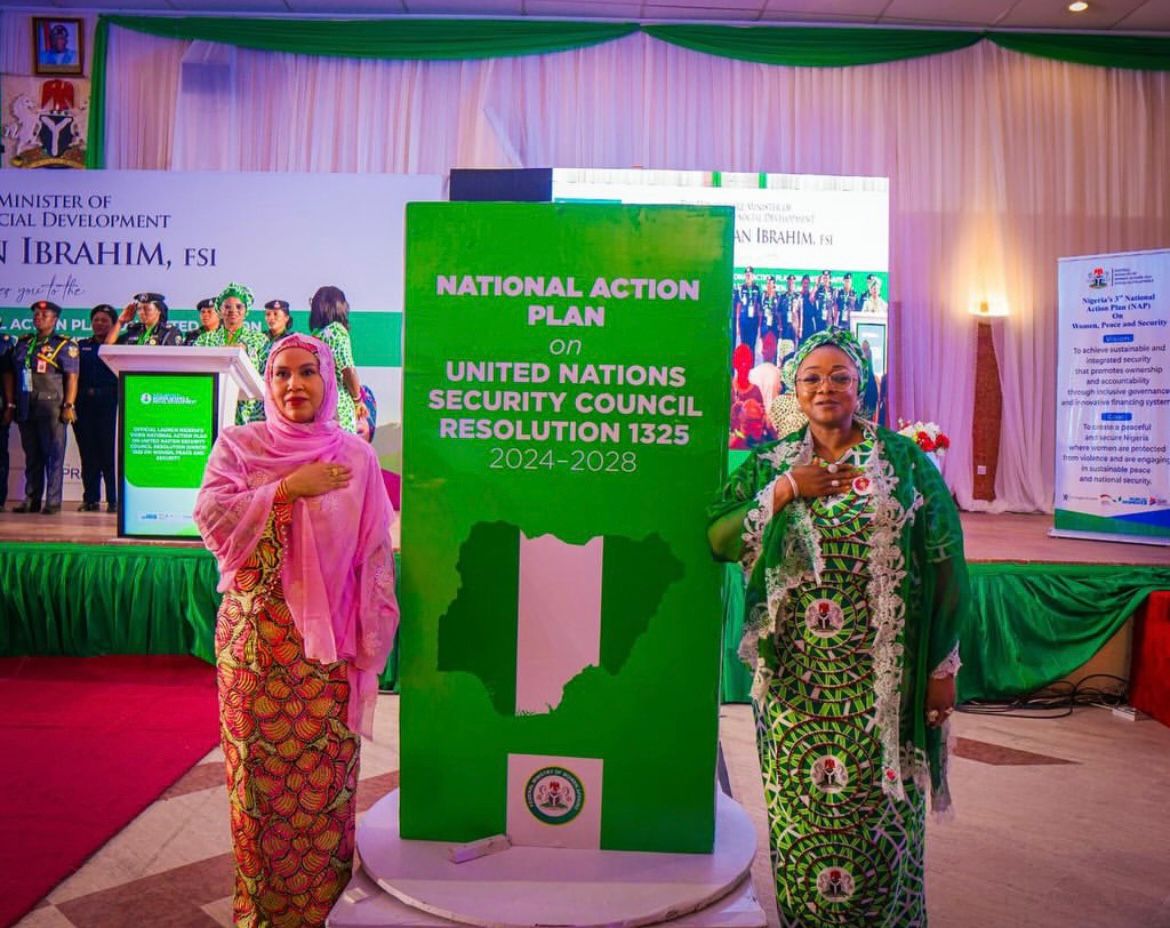
Leave a comment